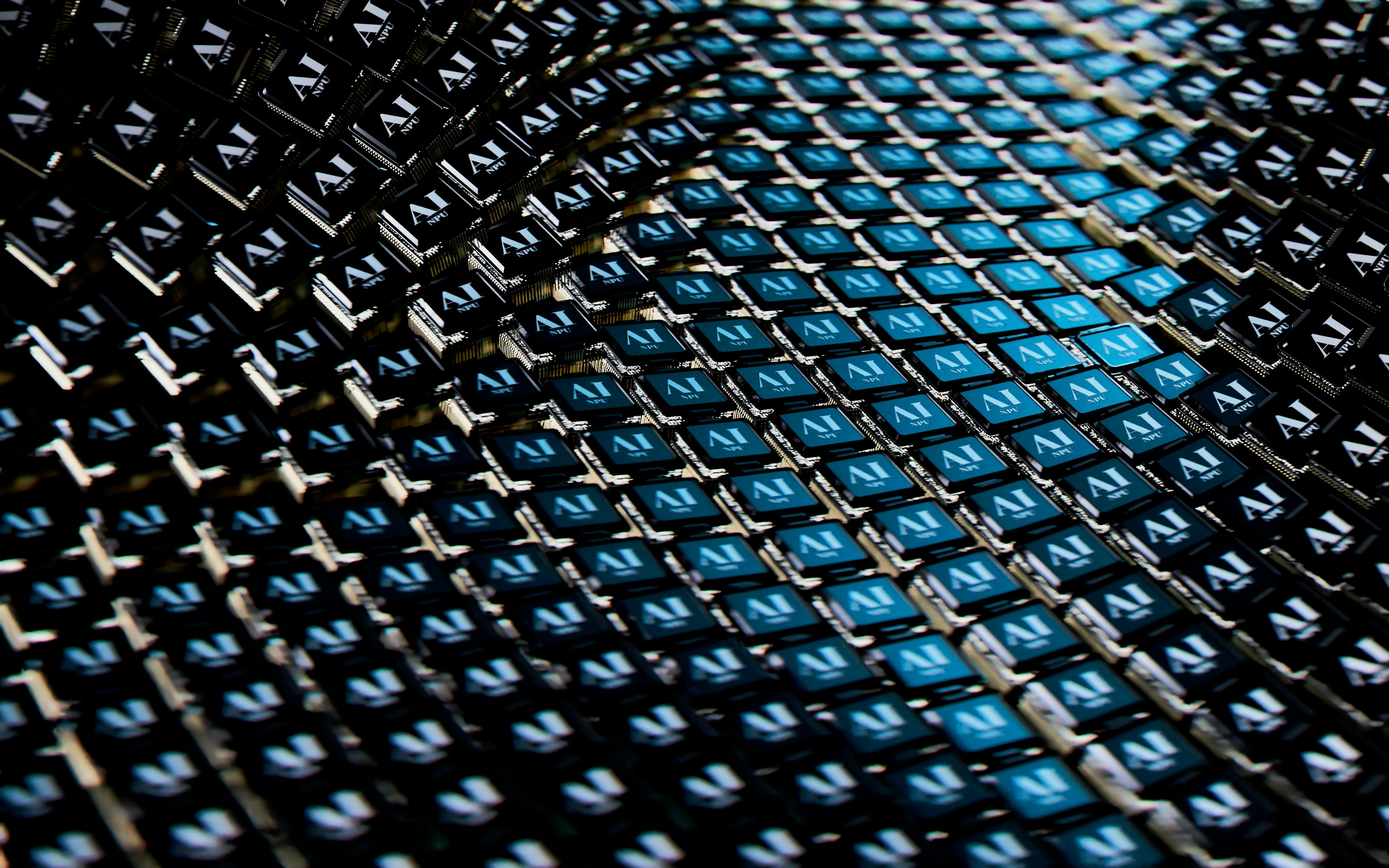09.04.2025
min READ
Building Ventures and Breaking Stereotypes

Eight years is a significant milestone, especially in the fast-paced world of tech. Dora’s journey at M&M began with a forwarded student email and led to her becoming a key part of our development team. We sat down with her to talk about daily work routines, shaping ventures, using AI tools in development, navigating diversity in tech, and what it really means to take ownership in a venture studio.
Tell us about your typical day here.
It depends on the project, but my day usually starts with checking Jira to see what’s on my plate. Then I either jump into tasks or fix bugs. Sometimes we have meetings—like when we’re working on a new feature, we’ll go over the design or discuss technical details with the frontend team. But most of the time, it’s just coding.
My favorite part? Maybe the initial research—digging into features, exploring the tech we’ll use, figuring out how everything fits together in the existing code. And bug fixing, for sure. I loveee tracking down what’s broken and making it work. It’s weirdly satisfying.
What are you working on right now?
Right now, I’m working on the Electrofy project—a platform that connects businesses and individuals with certified electricians for fast and reliable installations. Users can post a job, and the system finds the right electrician for it. We started with EV chargers, and now we’re expanding to solar panels.
Beyond the technical stuff, it’s been really cool to see the product evolve based on what users actually need. Every new feature is a mix of making things work for the business while keeping it technically doable, which keeps things interesting and always changing.
What’s the biggest challenge in a venture studio vs. a tech company?
The biggest challenge is keeping up with the pace. In a venture studio, things move fast, so you have to be ready to adapt and iterate quickly. We’re often working with new technologies and figuring out how to fit them into existing systems, which means a lot of learning on the go.
We also juggle multiple projects at different stages, so switching between them can be tricky, but it keeps things interesting—there’s always something new to figure out. And honestly, just integrating new features into an existing codebase and making sure everything runs smoothly is a challenge in itself.
Your thoughts on AI?
I definitely see a lot of value in AI tools. I use ChatGPT daily to speed things up, especially for code generation, migrations, and optimizing solutions. But AI still makes plenty of mistakes, so you always have to double-check and tweak things. It’s great for ideas and guidance, but it’s nowhere near replacing developers.
I also use Perplexity, which combines multiple AI tools, but ChatGPT has been the most useful for me. It’s already picked up on my workflow and gives more precise answers based on what I need. AI tools are definitely helpful, but you have to know their limits and use them wisely.
As a woman in development, have you seen diversity shifts?
Yeah, we don’t have these issues in our company. I mean, I am the only woman on the backend team, but that’s probably just because fewer women apply for backend roles in general.
The industry has come a long way—there’s more talk about inclusion—but there are still challenges, especially in places where the culture is super competitive or ego-driven. I know some female colleagues who’ve dealt with being underestimated or bad communication in certain teams, but I’ve been lucky not to experience that. I think the real game-changer is improving workplace culture and creating better support for women in tech.
Ownership is key here—how does it work?
Here’s an example—I worked as the only backend developer on a project for a year, which allowed me to take full responsibility for the backend part. There’s also a strong sense of ownership at the product level, where you always have the opportunity to influence how things develop, suggest ideas, and propose new improvements and features. This gives you a greater sense of ownership, not just over your code but over the product as a whole.
What do you wish non-tech people knew about your job?
Honestly… nothing? I think it’s on me to explain what I do in a way that makes sense to non-tech people. I don’t expect everyone to know terms like API, but what really matters is being able to communicate solutions clearly. Maybe just helping people see that backend isn’t just some 'invisible thing running in the background'
If you weren’t a backend developer, what would you be doing?
I’d probably be a UX designer. I actually started out studying digital design and planned to go in that direction, but at some point, programming pulled me in, so I switched to computer science. I’ve always been curious about how people interact with products, so UX design would’ve been the next best thing.




